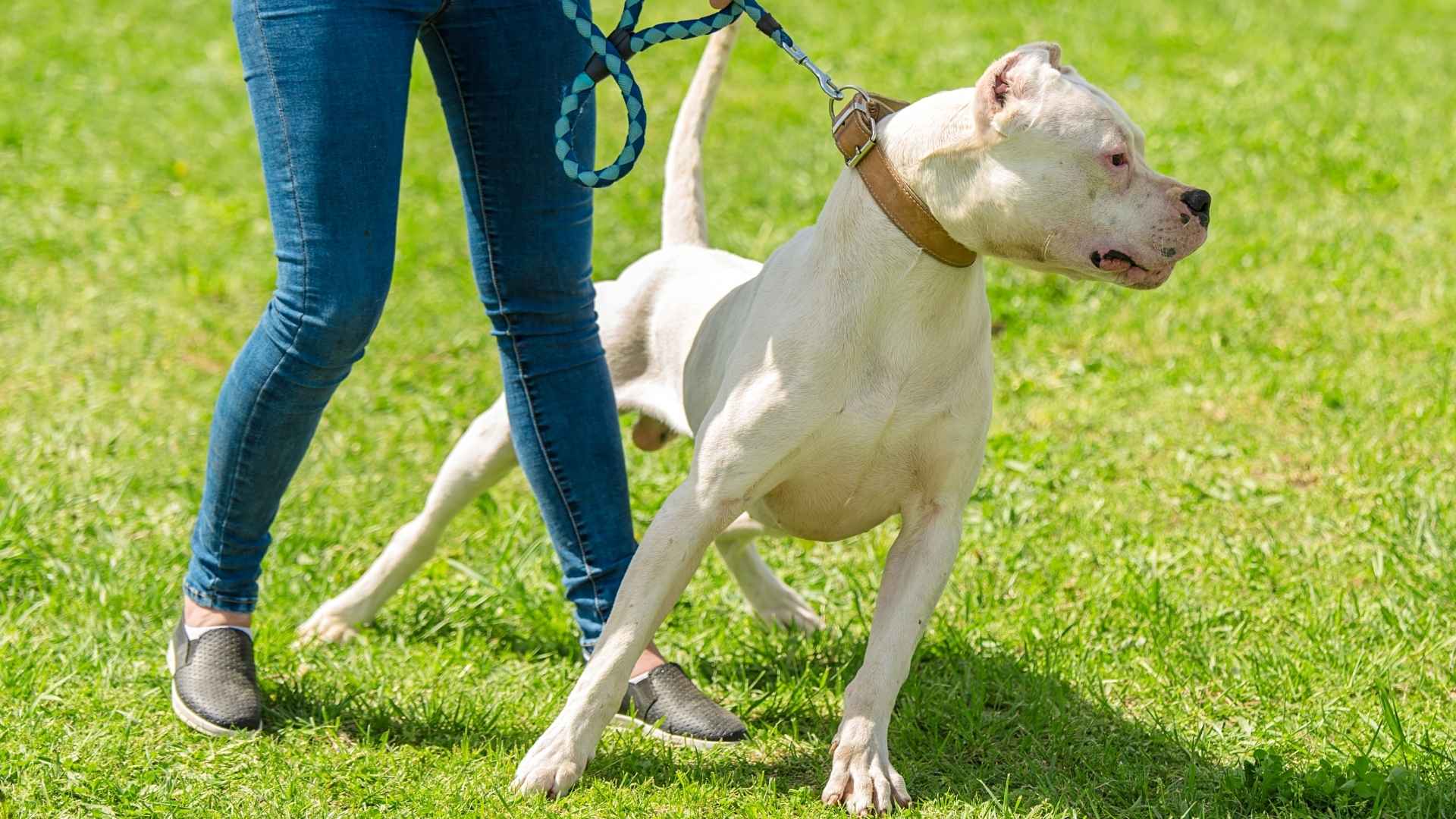When we talk about dog breeds, we often celebrate their loyalty, intelligence, or affectionate nature. But just as with people, dogs are individuals shaped by both their instincts and their environment. Some breeds have been historically developed for guarding, hunting, or protection, and these purposes required courage, alertness, and at times, aggression. When those traits are not carefully managed through training and socialization, it can lead to unwanted behavior.
The debate between nature and nurture doesn’t only apply to raising children, it’s also central to understanding canine aggression. Is a dog born aggressive, or does its behavior stem from its environment? While nurturing, training, and social conditions play a major role, certain breeds do carry a stronger predisposition toward defensive or dominant behavior. Statistic reveals that when combined, Pit Bulls and Rottweilers account for 76% of all fatal dog attacks, illustrating the importance of understanding breed tendencies.
This article isn’t about fear, it’s about knowledge. Knowing which dog breeds are more prone to aggression allows potential dog owners to make informed, responsible decisions and prioritize safety for both their family and the community.
Aggressive Dog Breeds
1. Rottweiler
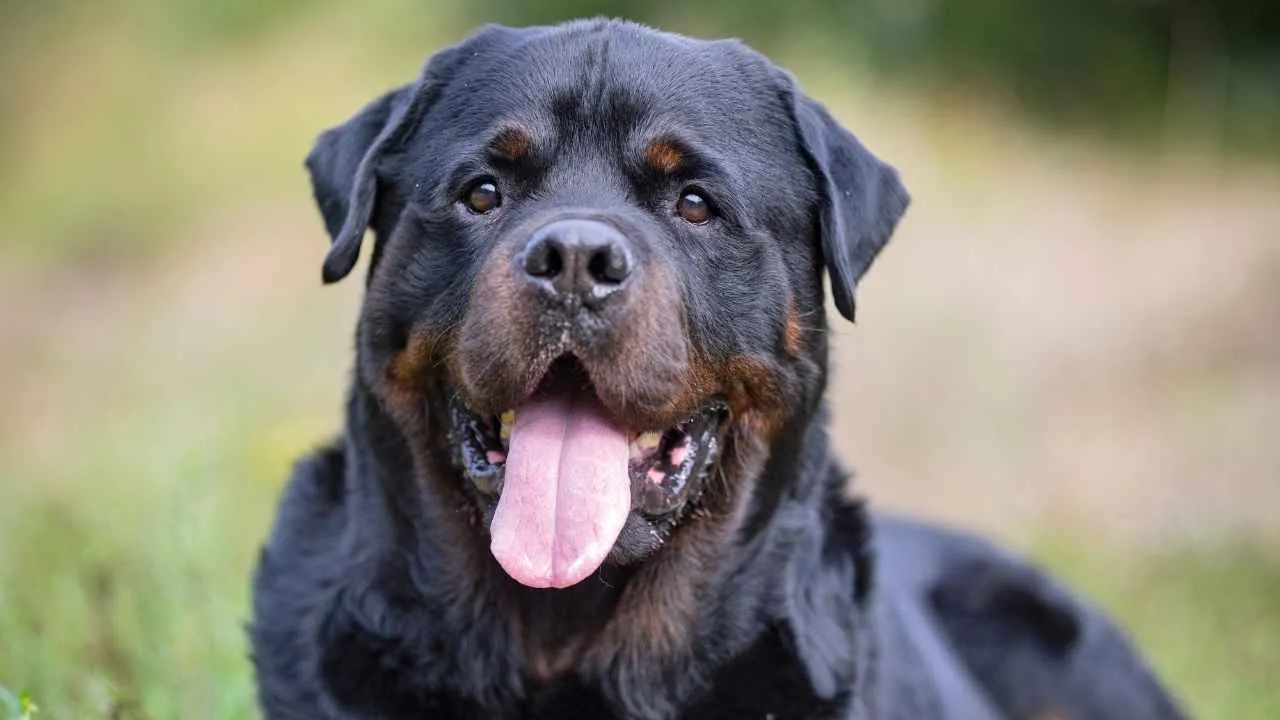
According to the AKC, the Rottweiler is a devoted, affectionate, and confident protector that needs to be respected. Rottweilers form powerful bonds with their families, but they tend to be suspicious of outsiders.
Their territorial instincts make them exceptional watchdogs, though their aggression can surface if not properly socialized. Same-sex aggression is also common within multi-dog households. Notably, Rottweilers are second only to Pit Bulls in fatal attacks on humans—an important consideration for any potential owner.
A Breed Shaped by History
These dogs are believed to descend from Roman drover dogs, bred to move and guard livestock during military campaigns. As centuries passed, they gained fame in the German town of Rottweil as “the Butcher’s Dog,” known for guarding cash pouches and herding animals to market.
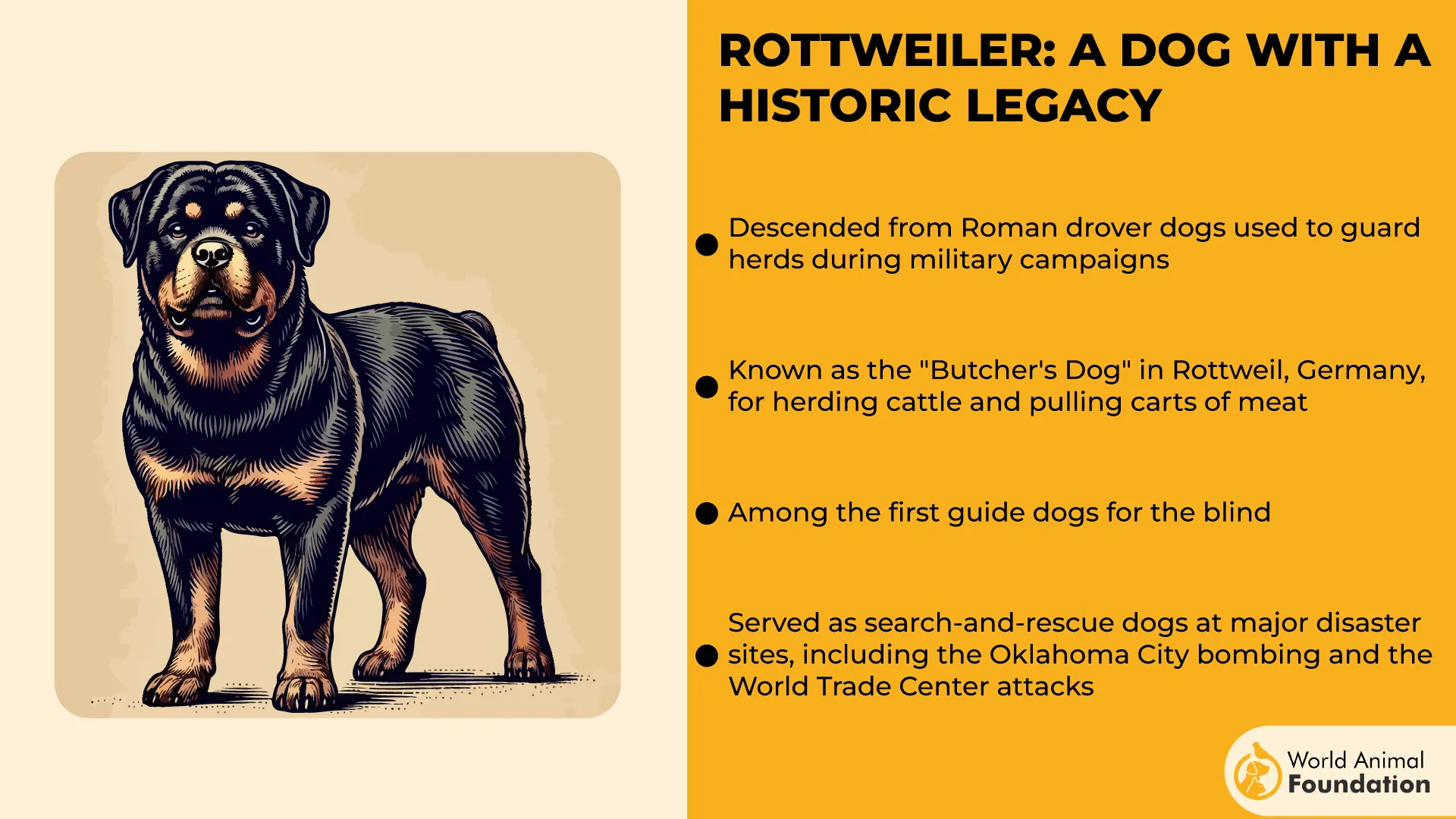
Rottweilers regained recognition between 1901 and 1907 as valued police dogs and were officially admitted to the AKC Stud Book in 1931.
A Powerhouse With Purpose
What makes the Rottweiler especially unique is its ability to switch roles—from a determined guardian to a therapy dog—without compromising its intensity. Their muscular build, mental acuity, and dedication to tasks allow them to thrive in police, military, and protection work when guided with consistent training.
Fun Fact: Rottweilers once carried money around their necks to protect their butcher owners from thieves, talk about trusted security!
2. Chihuahua
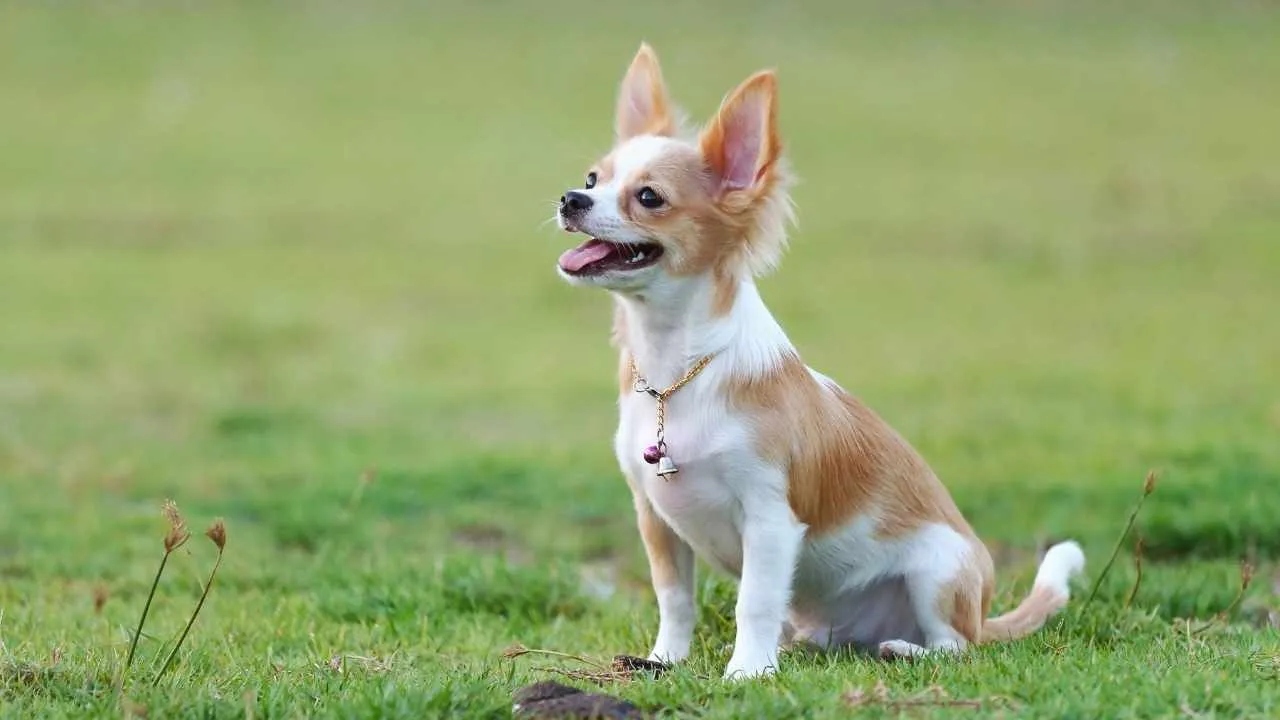
Don’t let their size fool you—Chihuahuas have oversized personalities packed into tiny frames. Known for being headstrong and vocal, this breed often reacts to unfamiliar situations with barking or snappiness. Their sharp reactions usually stem from fear or feeling overwhelmed, not from true aggression, but it’s enough to earn them a spot on this list.
Proper early socialization is key to curbing territorial or defensive behavior. As per Petplan, training a Chihuahua should start at about four months of age to help them develop into a well-adjusted and sociable dog.
Fear Triggers and Socialization
Chihuahuas are highly reactive when they sense threats, even if those “threats” are simply strangers or larger animals. Their protective nature and tendency to bond strongly with one person can lead to possessive and defensive outbursts. Because of this, they’re not always suitable for homes with small children or multiple pets unless trained extensively.
Surprising Traits
While they were originally bred as lapdogs, Chihuahuas are surprisingly adventurous. Many enjoy water play but aren’t natural swimmers—stick to shallow pools and always supervise. Their enthusiasm for exploration contrasts sharply with their small, delicate bodies, making them both amusing and unpredictable.
Fun Fact:
Despite their feisty reputation, Chihuahuas are moderate shedders—whether long or short-haired—and benefit from regular brushing to keep their coats healthy and neat.
3. Akita
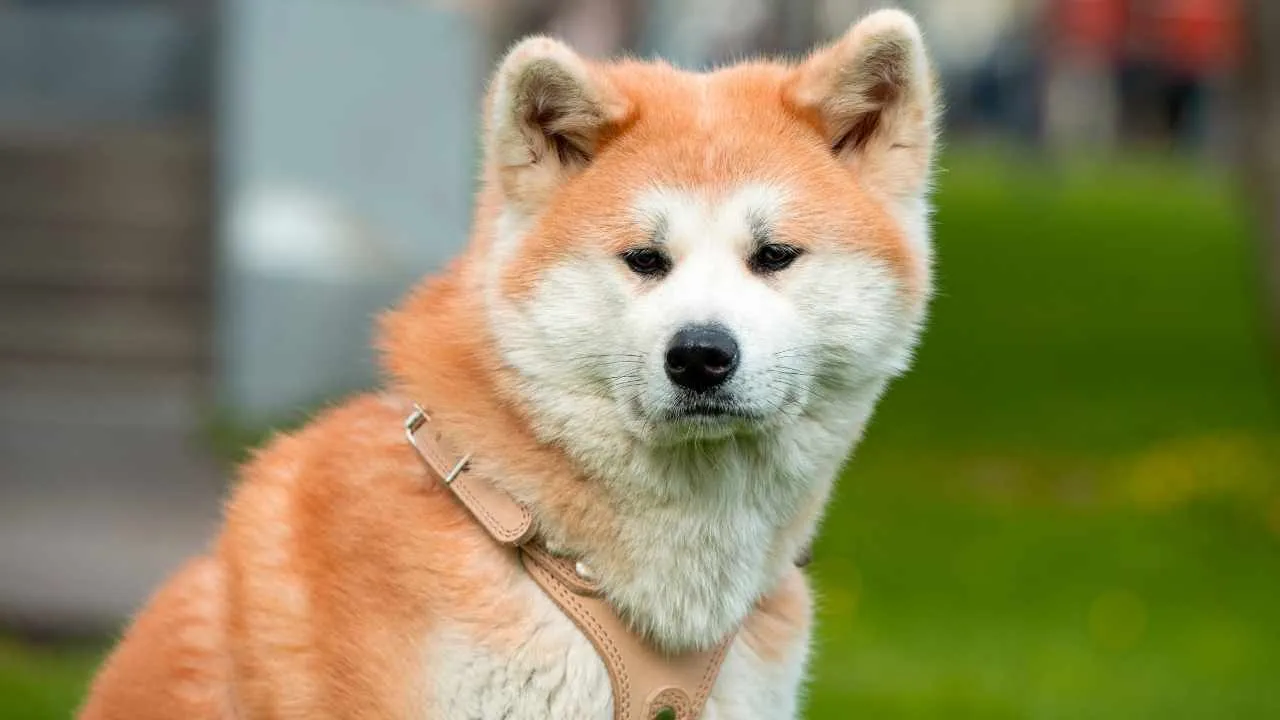
Akitas are known for their intelligence and unwavering loyalty, but their aloof, dominant temperament demands an experienced handler. These dogs thrive on structure, and training should begin early to curb any unwanted behaviors. Socialization is essential, especially to help them distinguish between normal interactions and actual threats.
Not for Off-Leash Freedom
Due to their high prey drive and a tendency to show aggression toward other dogs. Akitas should never be trusted off-leash in open areas. Their food possessiveness also means they should be fed away from children or other pets.
A high-quality, age-appropriate diet helps maintain their health, and older Akitas may benefit from a reduced-calorie plan to protect against kidney disease.
Cultural Symbol and Unique Legacy
What makes the Akita stand out beyond its temperament is its symbolic status in Japanese culture. A statue of an Akita is traditionally given to new parents to represent health and longevity. This breed’s stoic yet noble aura makes it both culturally revered and fiercely devoted.
Fun Fact: The most famous Akita, Hachikō, waited faithfully at a train station for nine years after his owner passed—an enduring symbol of loyalty immortalized in the film Hachi: A Dog’s Tale.
4. Presa Canario
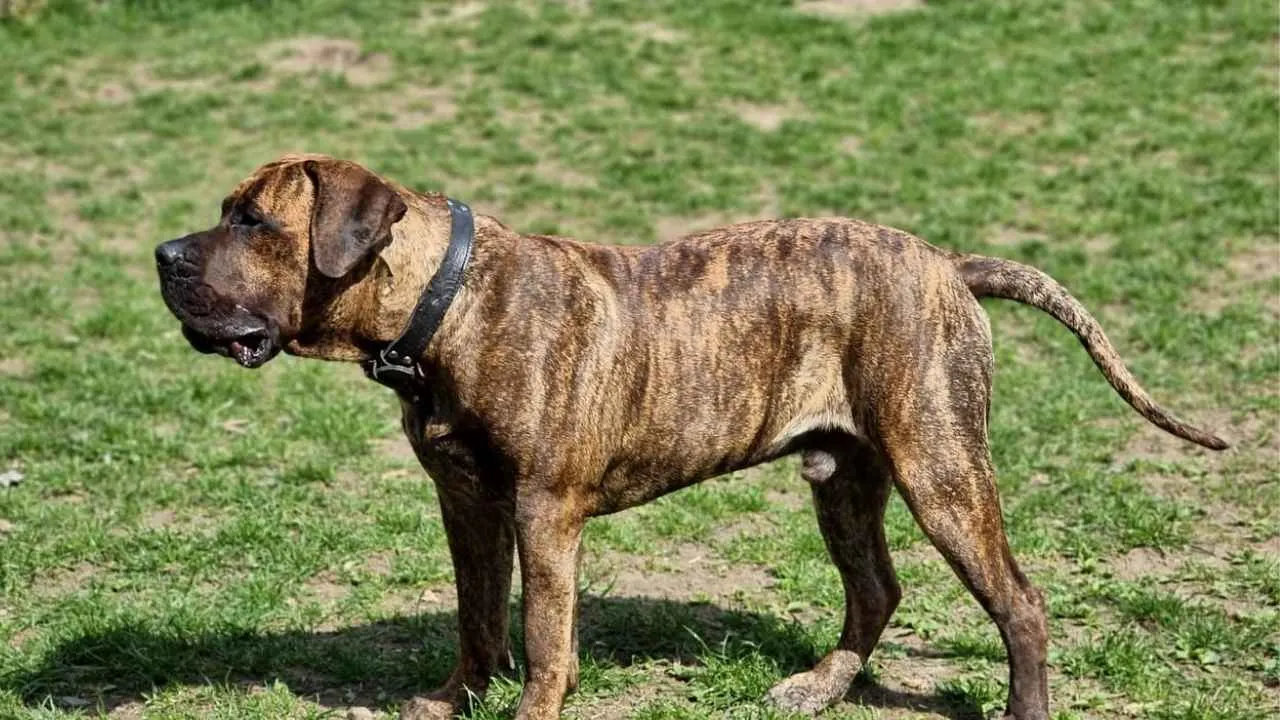
What makes the Presa unique is its calm yet commanding demeanor. Though bred to fight, modern Presas can serve as loyal, stable protectors when raised with structure and discipline. They are known for barking infrequently but defending fiercely, showcasing quiet vigilance.
Historical Roots of a Fearless Guardian
These dangerous dogs’ ancestry dates back to the 15th century, developed in the Canary Islands to guard farms, control livestock, and eliminate strays.
Its genetic lineage is a blend of the Perro de Ganado Majorero, Presa Español, and Bardino Majorero—each contributing traits like territorial instinct, physical resilience, and exceptional dog bite strength. This breed’s courage was bred not to falter, even under punishment.
Legal Restrictions and Bite Strength
Owing to their naturally dominant and protective nature, Presas are restricted or banned in several countries, including Australia, New Zealand, and Romania, according to FCI. With a bite force of 540 PSI, they require experienced owners and firm, ongoing training to avoid behavioral issues. Without proper socialization, their aggression, particularly toward strangers or other dogs, can escalate dangerously.
Fun Fact: Despite nearly vanishing in the mid-20th century, Presa Canarios were revived in the 1980s by dedicated breeders on Tenerife determined to preserve the island’s formidable canine legacy.
5. American Pit Bull Terrier
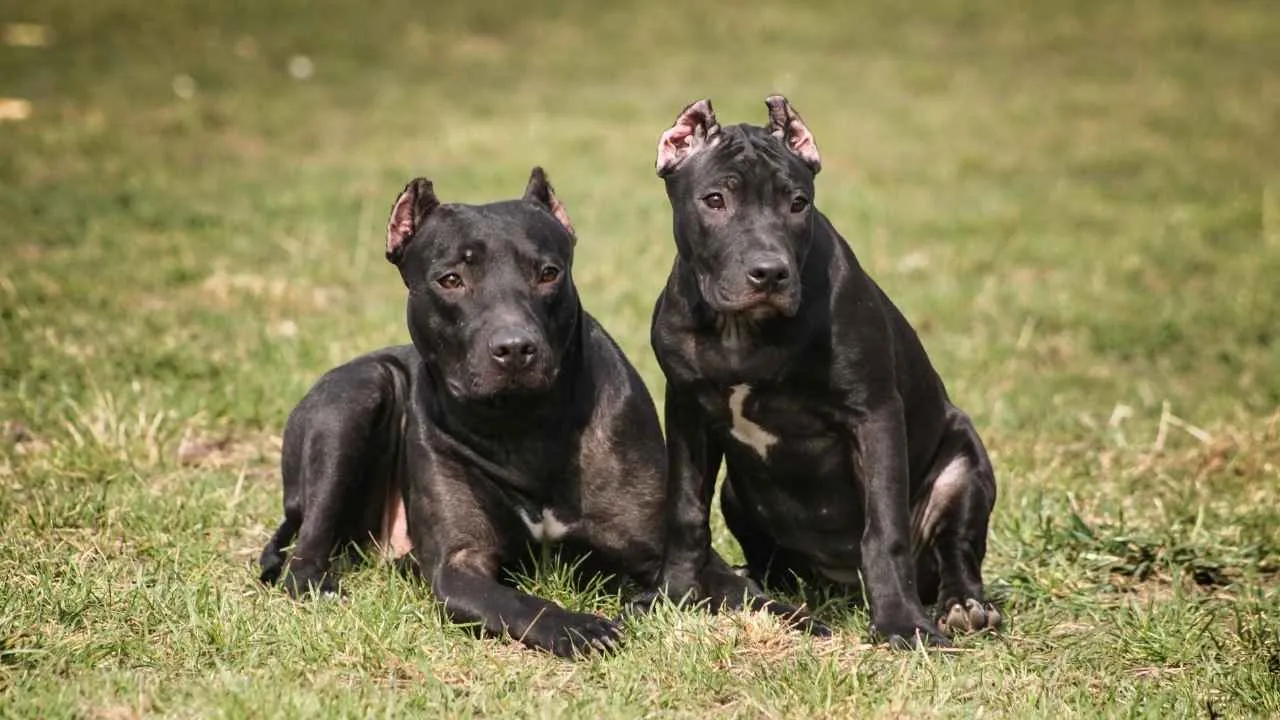
American Pit Bull Terriers are compact powerhouses. Males typically weigh between 35–70 pounds and stand 18–21 inches tall, while females are slightly smaller. Their muscular frame and short, sleek coat—often seen in shades like brindle, fawn, black, or blue—reflect their physical capability and agility. Despite this strength, many are affectionate and deeply loyal to their families.
Controversial Reputation
DogsBite states that pit bulls have been involved in the majority of fatal canine attacks in the U.S. from 2005 to 2019, accounting for 66% of 521 deaths. This data contributes to their fearsome reputation. Their strong jaws and determination can be dangerous if left untrained or unsocialized, particularly when facing perceived threats.
Known for Their Gameness
What makes this dangerous dog breed unique is its “gameness”—a historical term referencing their tenacity and drive, especially during challenges. While this trait once made them ideal for bull-baiting and later dogfighting, it can translate into excessive stubbornness without a strong, structured environment.
Fun Fact: Despite their tough exterior, Pit Bulls were once nicknamed “nanny dogs” for their loyalty and devotion to children in the early 20th century.
6. Tosa Inu
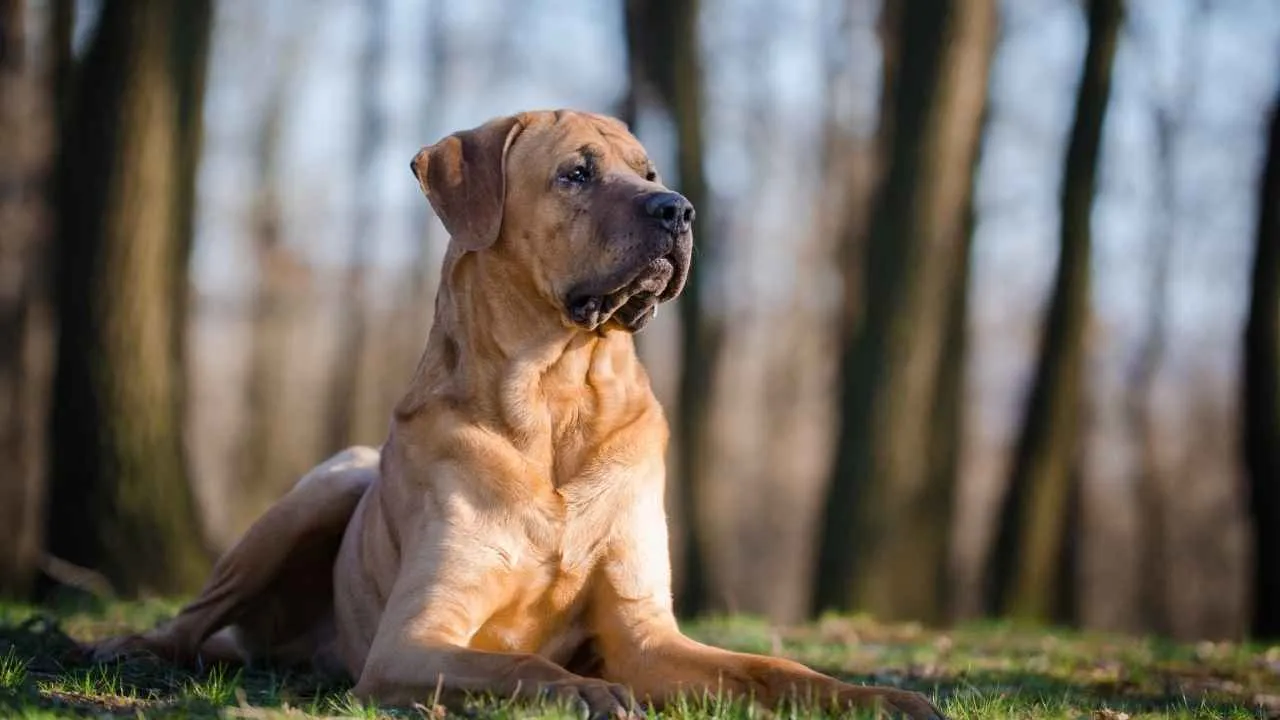
The Tosa Inu, often referred to as the Japanese Mastiff, presents a composed yet commanding presence. Originally bred for dog fighting in Japan, this massive breed is the largest of all native Japanese dogs. While their short, dense coats appear in red, fawn, black, brindle, or apricot, their stoic gaze reveals a breed bred for strength, not showiness.
Not for Every Household
Though generally quiet and obedient, Tosas require early socialization to manage their natural wariness. While they are affectionate with their families, they tend to be aloof with strangers and often react with hostility toward unfamiliar dogs.
Aggressive behavior toward humans is atypical, but their size and instinctual guarding tendencies make consistent training a necessity.
Maturity Comes With Time
What sets the Tosa apart is its unusually slow development—individuals may not reach full maturity until around age four. This gradual growth means behavior and temperament can evolve significantly over time, requiring patient, committed owners.
Fun Fact: In Japan, Tosas are still revered and regulated like sumo wrestlers, viewed as canine warriors with an honored, disciplined legacy.
7. Doberman Pinscher
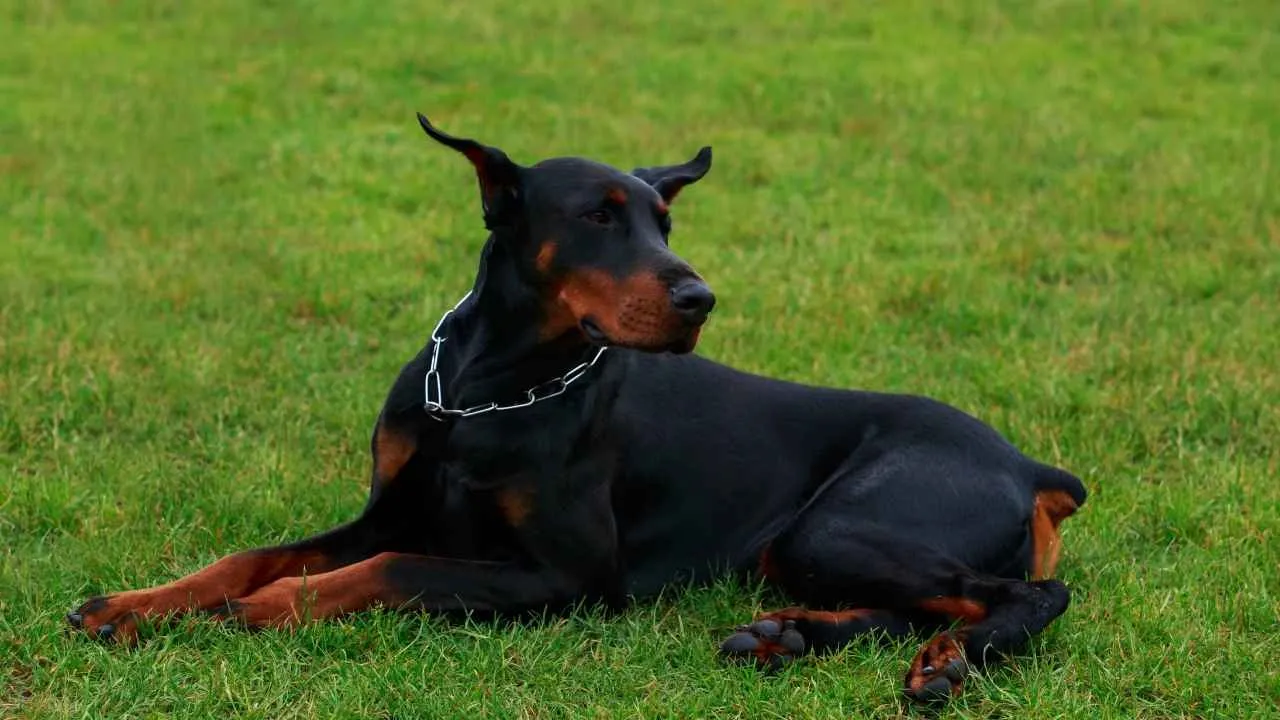
Originating in the late 1800s, the Doberman Pinscher was developed by Louis Dobermann, a German tax collector seeking a loyal and protective companion. To create this vigilant breed, he combined several dogs, including Old German Shepherds, German Pinschers, and Greyhounds, resulting in a muscular, agile dog with keen instincts and unmatched devotion.
Power Tempered by Socialization
Despite their reputation for loyalty and obedience, Dobermans can develop aggression if not properly socialized. They are naturally overprotective and may become reactive toward unfamiliar people or animals.
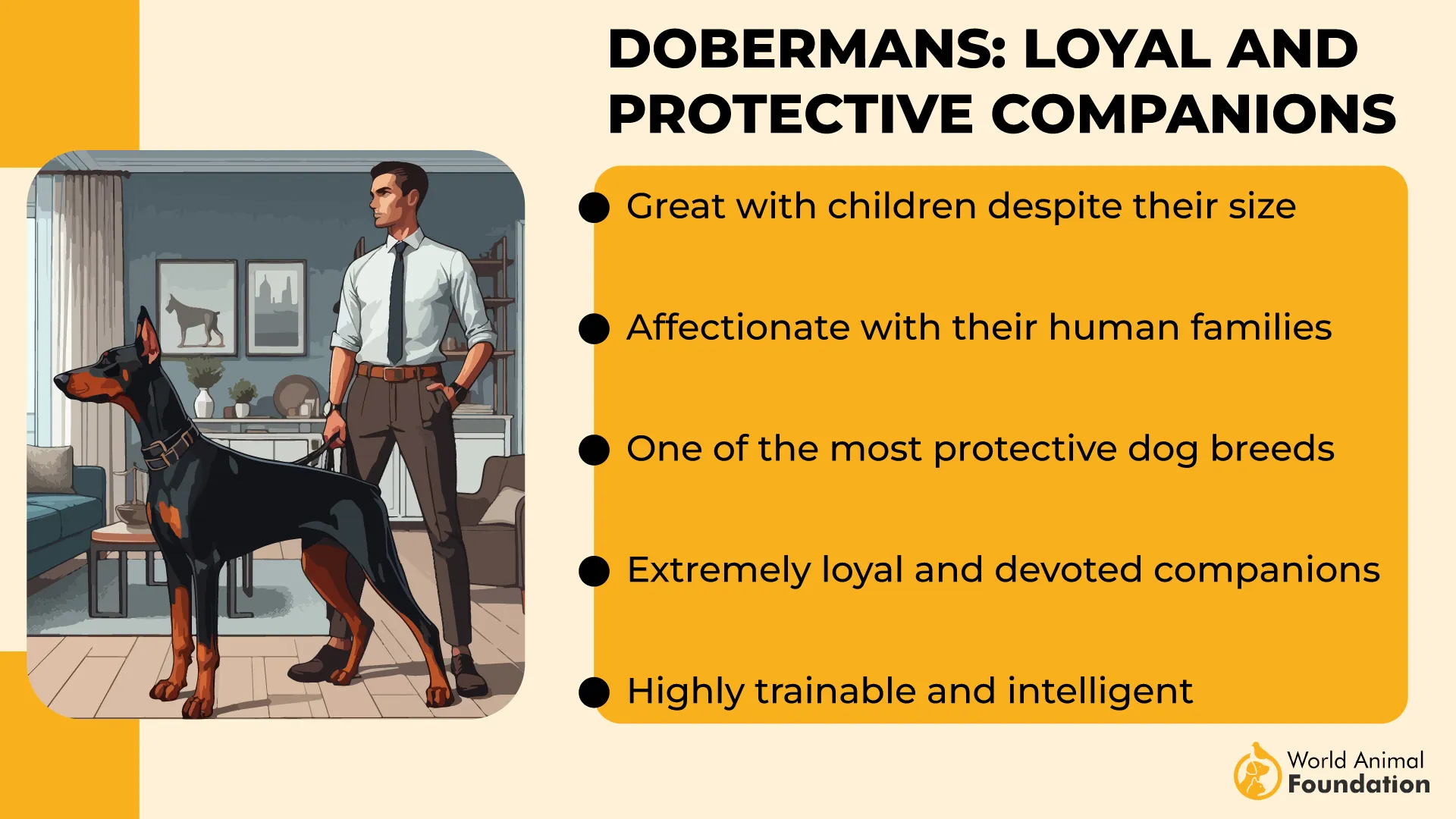
As WebMD notes, Dobermans may not always be naturally friendly and can become aggressive or difficult to control without proper training. It’s important to begin with socialization and teach them how to act appropriately in public settings.
Distinctive Traits and Challenges
This aggressive breed matures slowly and thrives with consistent mental and physical stimulation. Without it, this particular dog may display restlessness, anxiety, or even destructive behavior. Another factor that can influence their temperament is hypothyroidism, a common condition in the breed that may cause fearfulness or irritability if untreated.
Fun Fact: Despite their fierce persona, Dobermans are known to be playful and affectionate family companions when raised in the right environment.
8. Chow Chow
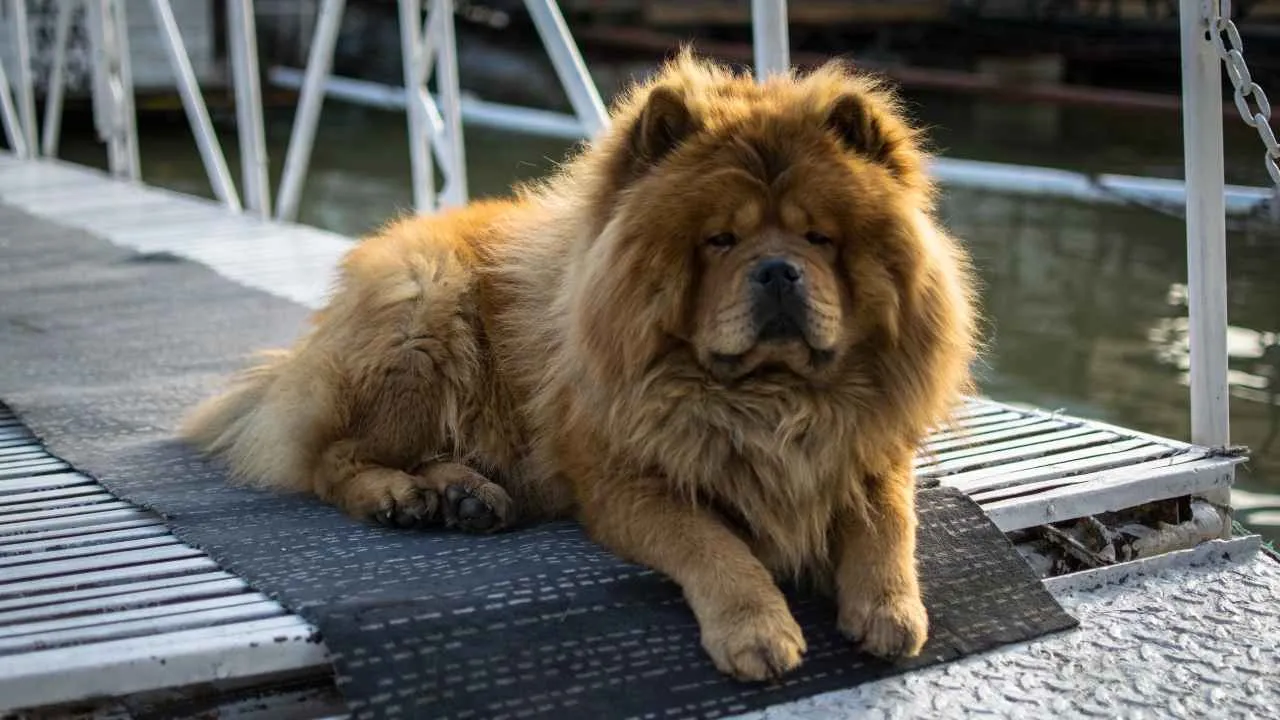
Chow Chows are known for their quiet dignity and serious nature. This ancient breed tends to form strong bonds with family but often remains aloof around unfamiliar people. Without early socialization, they may react with suspicion or aggression when faced with strangers or other dogs.
Challenges in Training and Behavior
Their strong-willed personality can make obedience training a test of patience. PDSA reports that Chow Chows were historically bred as guard dogs, and their strong protective instincts remain part of their nature.
While they are known for their loyalty, they can be somewhat aloof but are still driven to defend their family. Chows are not naturally playful or eager to please, which can lead to stubbornness. If left untrained or poorly bred, they may exhibit instability, excessive barking, or even fear-based aggression.
Majestic Yet Mysterious
Chows are distinctive not just in personality but in appearance. Their lion-like mane and signature blue-black tongue set them apart visually from nearly all other breeds. This regal, teddy-bear exterior hides a fiercely territorial watchdog that prefers independence over affection.
Fun Fact: One of the only breeds with a blue-black tongue, the Chow’s thick double coat makes it appear much larger than its true size!
9. Fila Brasileiro
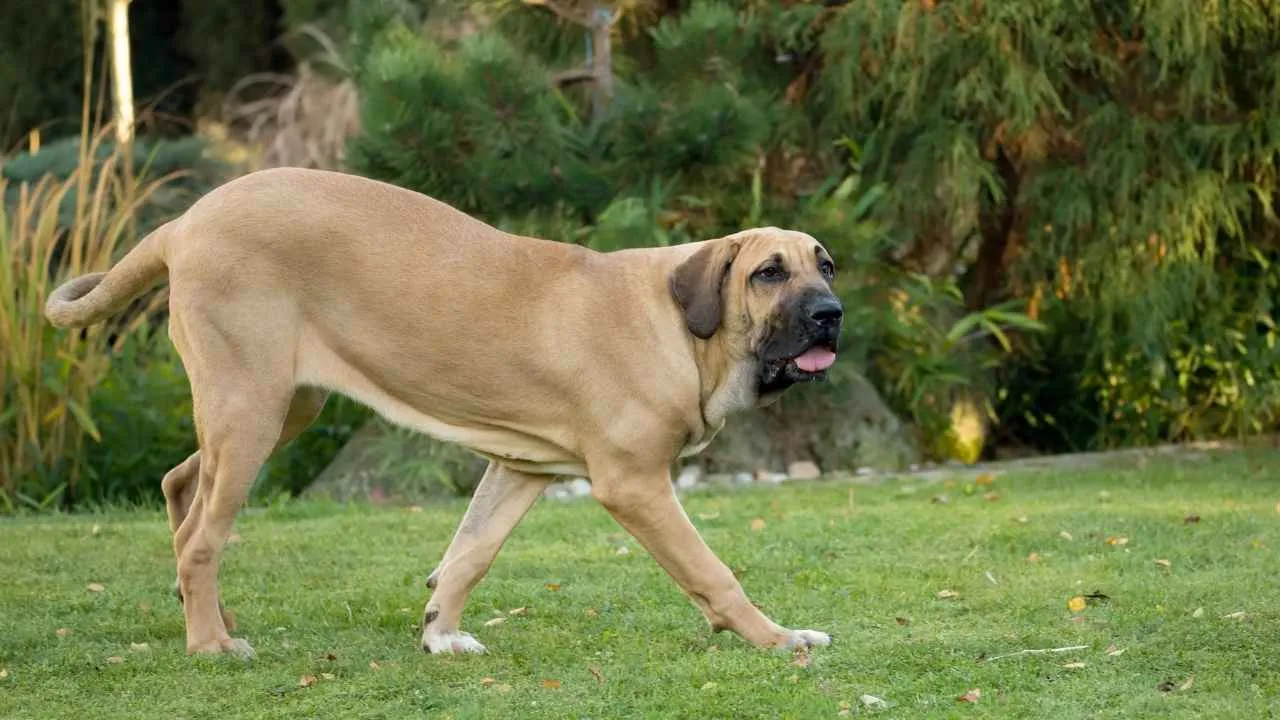
Originally bred in Brazil to guard plantations and track livestock, the Fila Brasileiro is a massive guardian dog with a natural instinct to protect. The word “filar” in Portuguese means “to hold,” reflecting this breed’s historic role of subduing prey without causing harm.
These dogs developed from a mix of Bloodhounds, Mastiffs, and the now-extinct Bullenbeiser, resulting in a muscular, agile protector.
Aggression Risks and Global Bans
The Fila’s deep loyalty to its family comes with intense wariness toward strangers, often leading to aggression if not rigorously trained and socialized. Due to its unpredictable behavior, this breed is banned or restricted in several countries, including the UK, Norway, and Australia.
It requires experienced dog owners who can dedicate consistent effort to obedience and exposure to various environments.
Not for the Inexperienced
This dog breed’s strong territorial instincts and independent temperament make it unsuitable for most households. They are known to be intolerant of unfamiliar people and other animals unless properly managed. Their sheer strength and stubborn streak mean the Fila Brasileiro thrives only with structured leadership and firm boundaries.
Fun Fact:
Though standardized only in 1946, the Fila’s type historically varied based on the tasks it performed, be it cattle control or predator deterrence.
Conclusion
While the term dangerous dog breed often sparks concern, it’s essential to understand that many factors, like environment, training, and socialization from a young age, play a major role in shaping behavior. Throughout this article, we’ve explored some of the most dangerous dog breeds, from the power-packed Presa Canario and assertive Rottweiler to the surprisingly reactive Chihuahua. These dogs may exhibit aggression without consistent guidance, especially those historically bred as fighting dogs or for guarding.
However, it’s not just the notorious names that require attention. Other dangerous dog breeds, such as Alaskan Malamutes, Siberian Huskies, and even misunderstood favorites like the Labrador Retriever, can pose risks if their needs are ignored. Breed tendencies should always be paired with individual temperament assessments and responsible ownership.
As awareness grows, breed-specific legislation has been implemented in some regions to manage public safety concerns tied to high-risk dog breeds. Still, blanket bans often miss the root of the issue: a lack of proper training, socialization, and understanding. Recognizing the potential in any breed, paired with responsible practices, is the key to living safely and happily with even the boldest of dogs.


